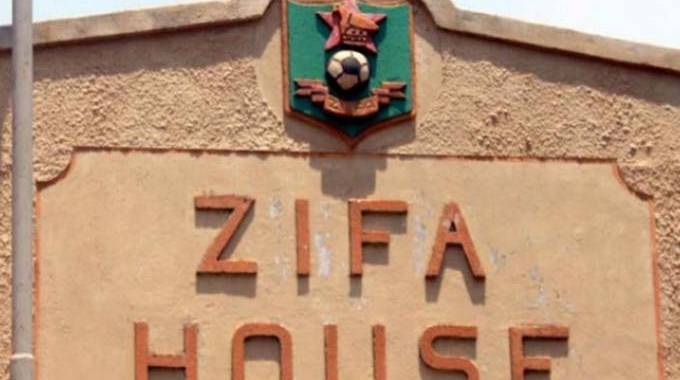Body check for Zim Club licensing drive

Sikhumbuzo Moyo, Senior Sports Reporter
EVER since Zimbabwe started implementing the requirements of the Fifa-initiated Club Licensing, a number of strides have been made in the local game, never mind the pace of implementing those requirements.
Also, never mind the controversies that have come with that exercise, what is key is that those mandated with running football in this country, Zifa and their biggest affiliate the Premier Soccer League embraced this “monster” and agreed to abide by its principles.
The licensing authority in this case is the First Instance Body, simply known as FIB and their obvious and public insistency has been the issue of having standard football grounds, a position that bore what was probably an unknown term, “Homologation.” Homologation though is not the only requirement of the Club Licensing, it has a number of portfolios.
I have to confess here that when Zifa competitions and communications manager Xolisani Gwesela, who is also a member of the FIB, first mentioned the word, homologation, I asked him what he really meant. What exactly did he mean by that a stadium has been homologated, because I didn’t understand.
I then occupied myself with understanding this club licensing gospel and what it entails and after that I was better informed. I must say, though, that we still have some distance to cover especially on major requirements of the regulations.
The other aspect of the Club Licensing Regulations is its Article 9.1.
According to Article 9.1 of the Club Licensing Regulations, it is of fundamental importance that the sporting integrity of club competitions be protected. To that end, Fifa and the confederations reserve the right to intervene and to take appropriate action in any situation in which it transpires that the same individual or legal entity is in a position to influence the management, administration and/or sporting performance of more than one club participating in the same club competition.
Over the years before this “monster” was born, we had a number of teams whose centre of power was one and those teams were mainly from the security services, your Black Mambas, Whawha, Flame Lily, Black Rhinos etc. This was before club licensing was born.
In the Zifa Northern Region Division One, Cranborne Bullets, an army side, were crowned champions and automatically, the sole ticket to the PSL. No problem there, but wait, there is in fact a problem because the army already has Black Rhinos in the PSL.
Come to the Central Region, whose race to the title is still on, we have, among the title contenders, ZPC Munyati, sponsored by the power utility.
If ZPC Munyati get that ticket, we will have two teams from the same stable, the other being ZPC Kariba.
Why Fifa insisted that no two teams whose legal entity is in a position to influence the management, administration and or sporting performance of more than one club participating in the same club competition was to avoid perceived manipulation of results in critical moments.
This is not to say that ZPC Munyati and ZPC Kariba and or any of the army teams will engage in such but the perception out there will be different. Can you imagine if say ZPC Munyati needed a point to survive relegation and their last match of the season is against ZPC Kariba who could be safe from drowning or out of contention for the league title? Would ZPC Kariba allow their “kinsmen” to sink? The answer can be either yes or a no but to avoid that, club licensing says the two teams must not compete in the same league, finish and klaar!
So the Cranborne Bullets case, who have already been promoted, will provide a serious body check on Zifa and Premier Soccer league’s stance to fully adhere to the Club Licensing requirements, taking into consideration that “Fifa and the confederations reserve the right to intervene and to take appropriate action in any situation in which it transpires that the same individual or legal entity is in a position to influence the management, administration and/or sporting performance of more than one club participating in the same club competition.”










Comments